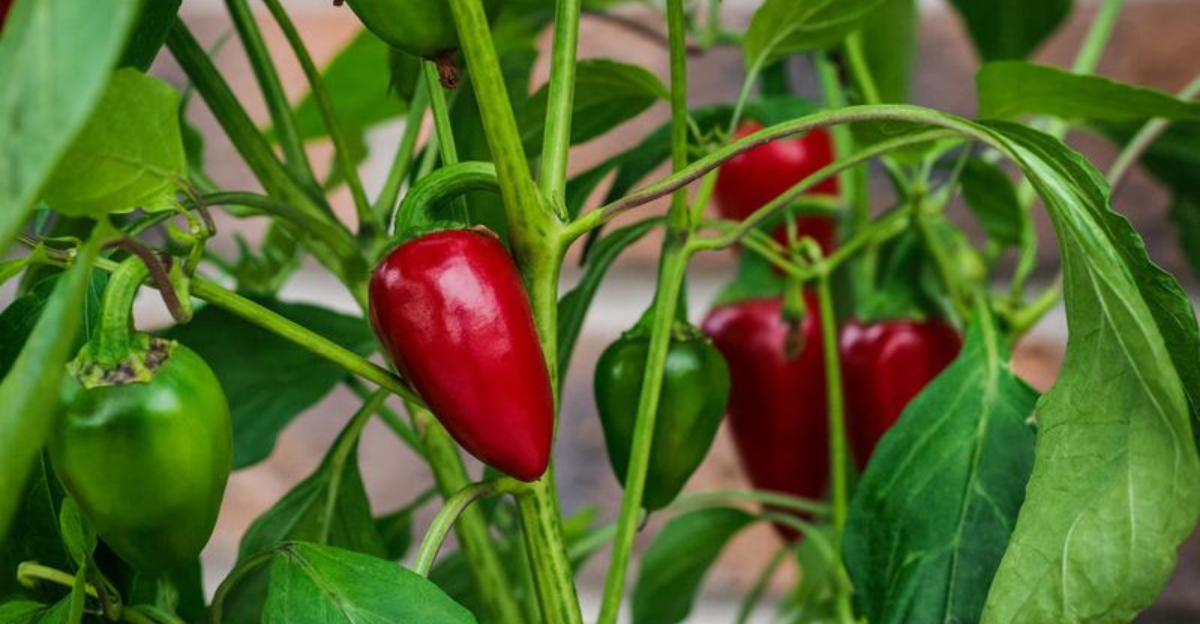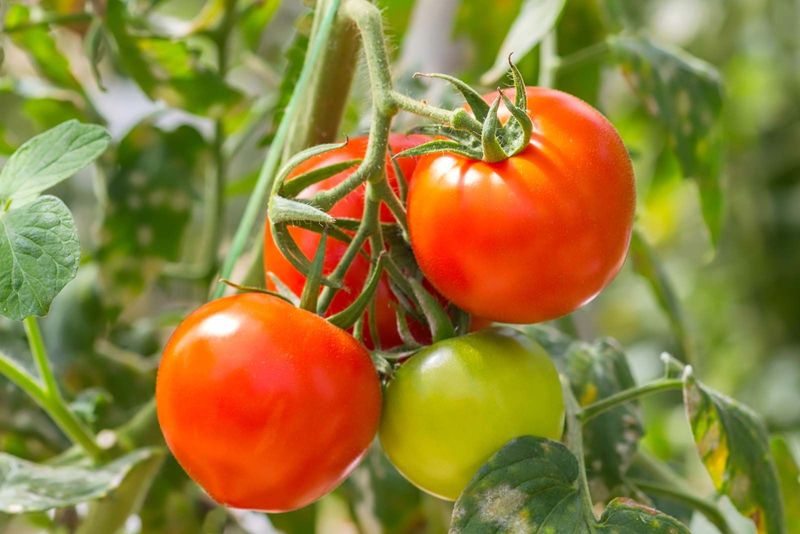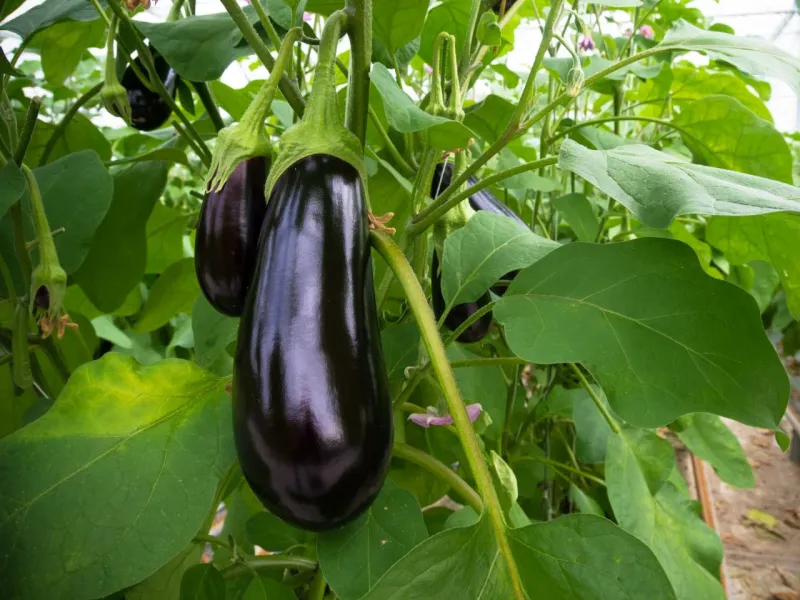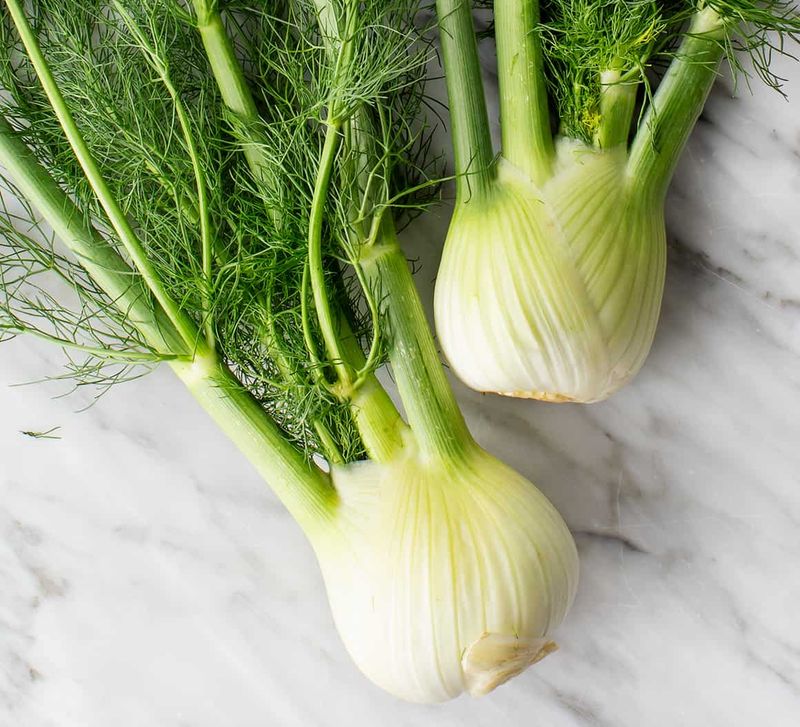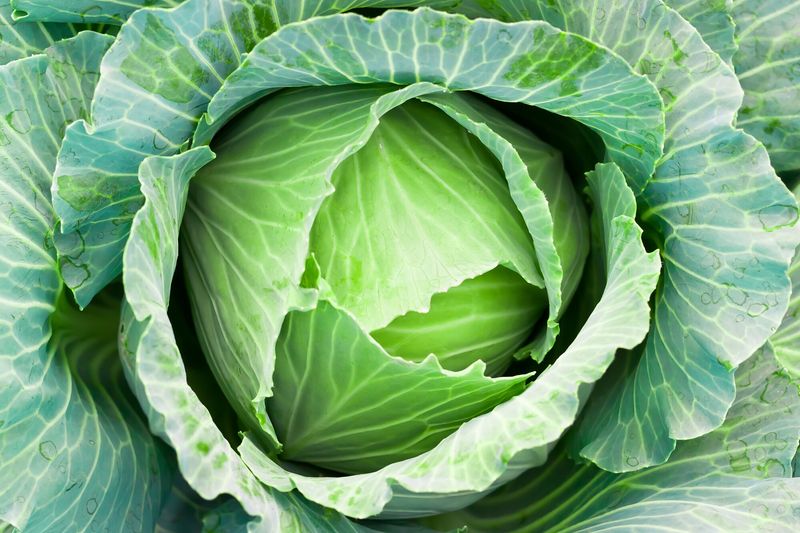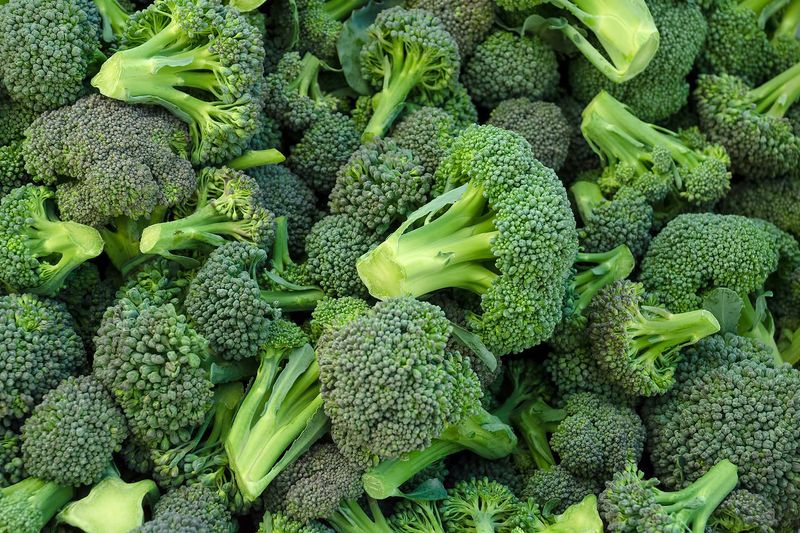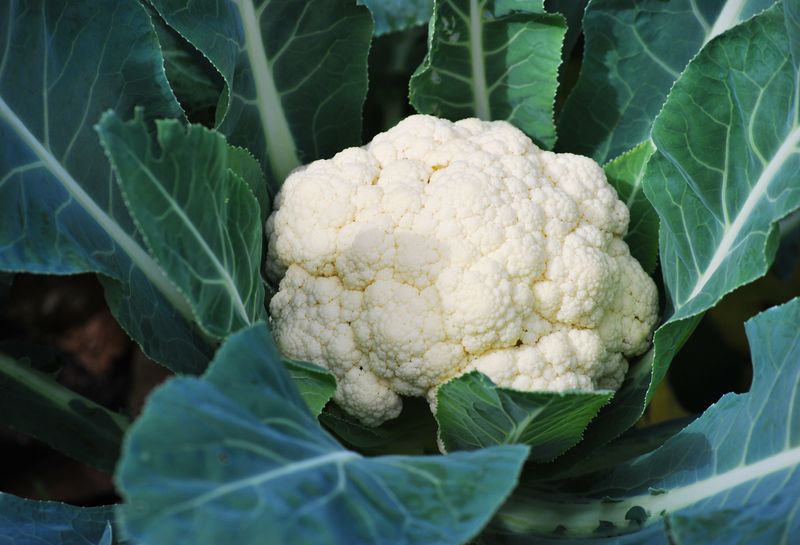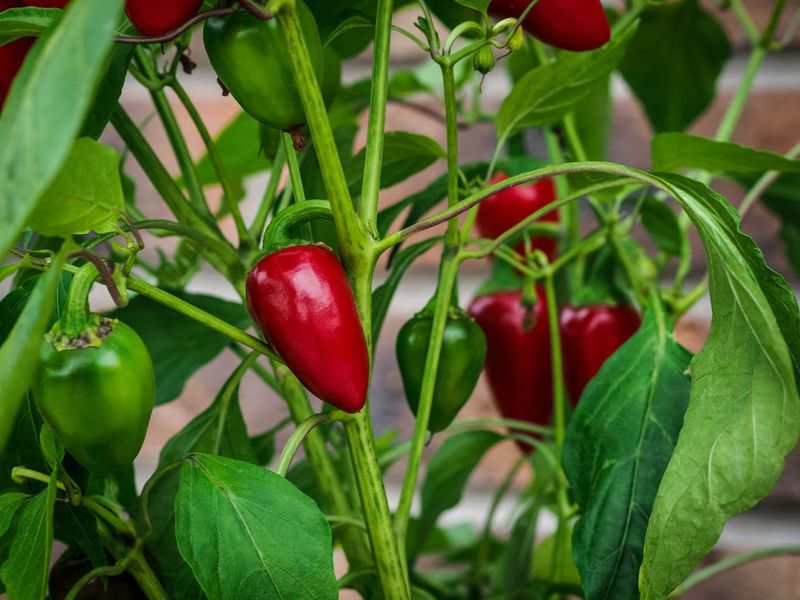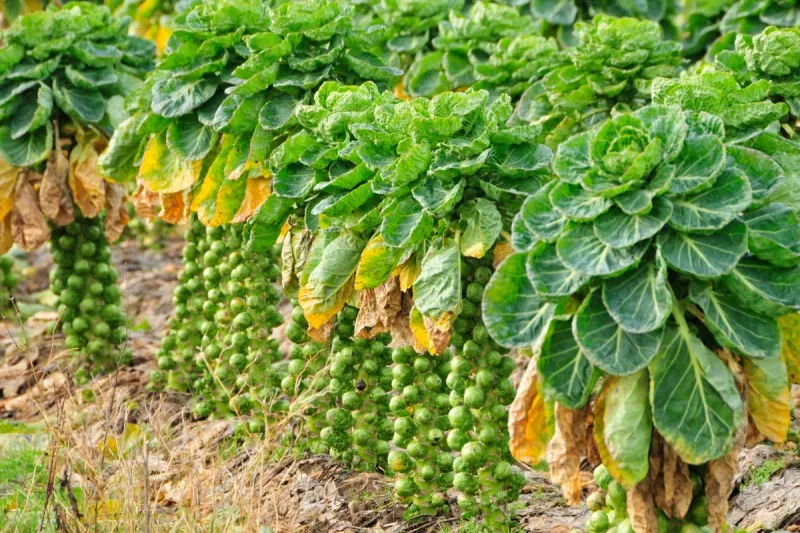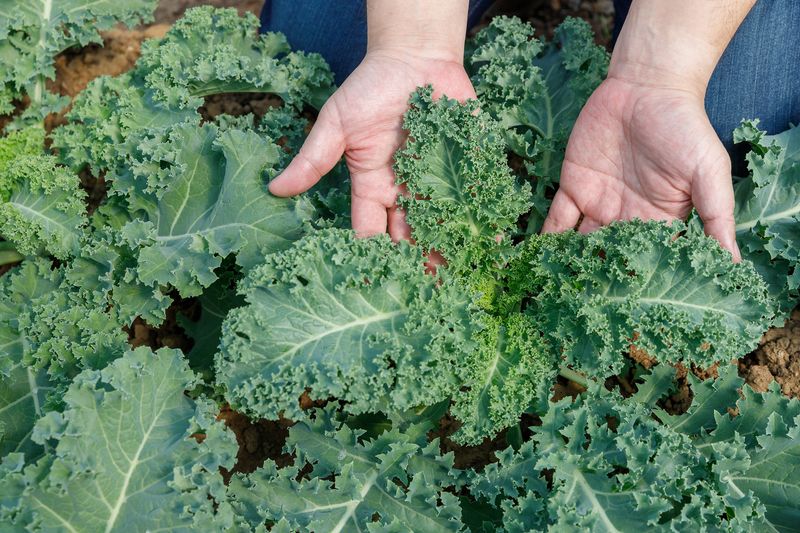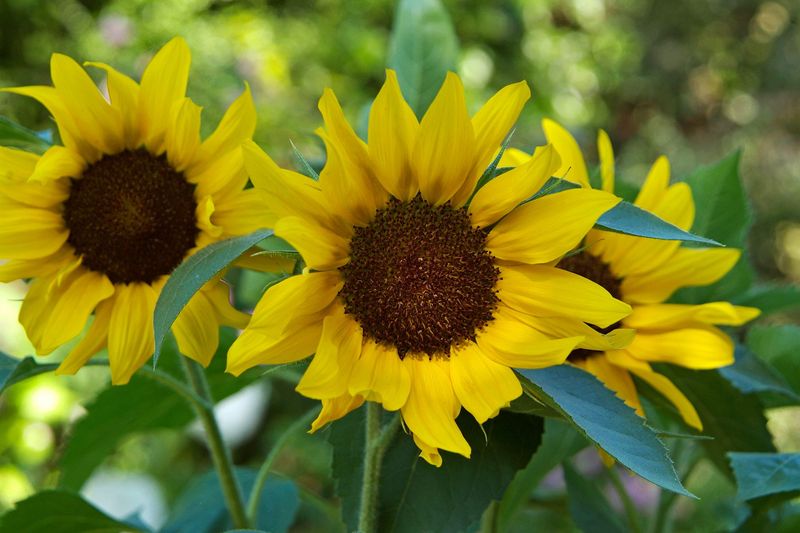Growing potatoes can be a rewarding endeavor, but certain plants can hinder their growth.
Pairing your potatoes with the wrong companions can lead to issues such as stunted growth, disease, and nutrient competition.
Here are some plants to avoid planting near your potatoes for a thriving garden.
1. Tomatoes
Tomatoes and potatoes might seem like perfect garden partners, but they both belong to the nightshade family. This shared lineage means they’re susceptible to the same diseases, such as blight.
Planting them together can increase the risk of disease spreading. Additionally, tomatoes and potatoes compete for the same nutrients, which can stunt their growth. Consider growing tomatoes away from your potatoes to avoid these problems.
If space is limited, try rotating them yearly to minimize risks. By separating them, you ensure healthier plants and a more bountiful harvest.
2. Eggplant
Eggplants are another nightshade family member that should be kept away from potatoes. They share common pests and diseases, which can quickly spread when planted nearby.
This increases the likelihood of infestations and infections that can damage both crops. Furthermore, their similar growth habits mean they compete for nutrients, potentially reducing yields.
To ensure a healthier garden, plant eggplants in a separate area. By doing so, you can manage pests more effectively and maintain strong, productive plants, ensuring your gardening efforts pay off.
3. Fennel
Fennel is known for its allelopathic properties, meaning it releases chemicals that can inhibit the growth of nearby plants, including potatoes.
This can lead to reduced growth and lower yields. Fennel’s strong scent and chemicals can also deter pollinators, affecting nearby plants’ fruiting. To avoid these issues, keep fennel well-distanced from your potato plants.
Consider planting it in a separate section of your garden where it won’t interfere with other crops. By doing so, you’ll promote a healthier and more productive garden environment.
4. Cabbage
Cabbage and potatoes compete heavily for the same soil nutrients, which can lead to stunted growth in both plants. Additionally, cabbage can attract pests like cabbage worms that may also harm potatoes.
This competition and pest attraction can negatively impact both crops if planted together. To maximize growth and reduce pest issues, consider planting cabbage at a distance from your potato crops.
This separation will help ensure both plants receive the nutrients and attention they need, leading to healthier and more productive gardening results.
5. Broccoli
Broccoli, like cabbage, competes with potatoes for essential nutrients in the soil. This competition can lead to reduced growth and smaller yields for both crops.
Additionally, broccoli can attract pests, such as cabbage loopers, which can also harm potato plants. By planting broccoli away from potatoes, you can minimize these risks.
This separation allows each plant to thrive without competing for resources, leading to better growth and a more successful harvest. Consider rotating your planting areas year by year to further reduce competition and pest risks.
6. Cauliflower
Cauliflower shares similar nutrient needs with potatoes, leading to competition when grown together. This competition can result in decreased yields for both plants. Additionally, cauliflower can attract pests that might harm potatoes, such as aphids.
To prevent these issues, plant cauliflower at a distance from your potato crop. By doing so, you allow each plant the space and nutrients it needs to flourish.
Keeping them separate helps ensure a robust and healthy harvest, free from the common pitfalls of companion planting mistakes.
7. Peppers
Peppers, like potatoes, are susceptible to blight and other diseases common in nightshades. Planting them close together can result in these diseases spreading rapidly, impacting both crops.
Additionally, peppers and potatoes compete for soil nutrients, weakening their growth. To protect your plants, consider spacing them apart in your garden.
By planting them in separate areas, you can reduce disease risk and promote healthier growth. This separation helps ensure each plant gets the nutrients and space needed to thrive, leading to a more fruitful harvest.
8. Brussels Sprouts
Brussels sprouts compete with potatoes for nutrients and space in the garden, which can lead to reduced growth for both. This competition can also make plants more susceptible to pests and diseases.
Brussels sprouts are particularly prone to aphid infestations, which can spread to nearby potatoes. To minimize these challenges, plant Brussels sprouts away from potatoes.
By doing so, you ensure each plant has adequate resources to grow strong and healthy, leading to a more bountiful and trouble-free harvest.
9. Kale
Kale, like other brassicas, can compete with potatoes for essential nutrients in the soil. This can result in weakened growth for both plants. Additionally, kale can attract pests such as cabbage moths, which might also target potato plants.
To avoid these issues, consider planting kale away from your potatoes. This separation helps ensure each plant receives the necessary nutrients and protection from pests, promoting healthier growth.
By giving kale and potatoes their own space, you enhance your garden’s overall productivity and health.
10. Sunflowers
Sunflowers, while beautiful, can overshadow potato plants, blocking sunlight essential for their growth. Their extensive root systems also compete with potatoes for water and nutrients.
This competition can result in stunted growth and lower yields for potatoes. To ensure your potato plants receive adequate sunlight and resources, consider planting sunflowers in a separate area.
By doing so, you provide both plants the conditions needed to thrive, ensuring a more successful and productive garden. This thoughtful planning leads to a harmonious and flourishing gardening experience.
